
Key Takeaways
- The NFT market experienced a slump with the rest of crypto in 2022, but some collections stood out from the pack.
- Yuga Labs’ Otherside mint raised a record-breaking $310 million in April.
- Generative artists like Emily Xie and Tyler Hobbs helped push the scene forward.
Several NFT collections stood out from the pack against adverse conditions as the market returned to earth this year.
The Best NFT Drops of 2022
At this point, few people need reminding that NFTs had a pretty big 2021. Still, it would be impossible to talk about the state of the nascent space in 2022 without first acknowledging the technology’s boom during the last crypto bull run.
Mania hit the NFT market last year after that Beeple sale at Christie’s, to the point where new Bored Ape Yacht Club-inspired avatar collections were dropping daily, digital rocks were selling for millions, and now-defunct hedge funds were dropping seven figures on generative art JPEGs.
In 2022, the market was far more subdued as crypto entered what some are describing as its harshest winter yet. Prices for many once sought-after JPEGs tumbled while trading volumes on every major marketplace declined.
But despite the harsh climate, several new developments gave NFT believers renewed hope that there may be life to this thing after all. OpenSea, one of the big winners of last year’s boom, saw a host of promising new competitors enter the space, though none have yet stolen its crown. The world’s biggest social media company, Meta, rolled out support for what it’s calling “digital collectibles” on Instagram, and Reddit onboarded three million new users through its collectible avatar sale.
With less noise clogging up social feeds and only the diehards remaining, the best NFT collections of the year had an easier time standing out from the pack. To kick off our 2022 in Review series, we picked out five of our favorite drops that made a big impact on the space over the year. In 2022, the market flocked to the most hyped avatar mints, generative art had a strong run, and Yuga Labs proved that Bored Ape mania still has life yet.
Memories of Qilin—Emily Xie
Emily Xie is an Asian-American generative artist based in New York. Alongside names like Ben Kovach, Tyler Hobbs, and William Mapan, she’s part of a tight-knit scene that’s pushing the boundaries of digital art with code.
Xie was a key figure in the generative art space before NFTs took off, but her profile rose in 2022 after the release of Memories of Qilin, this year’s standout Art Blocks collection. Memories of Qilin depicts Xie’s singular style by giving a nod to traditional East Asian painting, and like many other top-tier generative art collections, it feels like the kind of thing that could have been painted by hand.
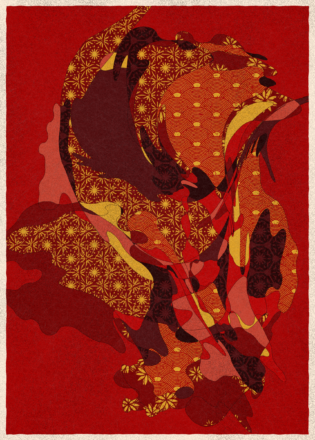
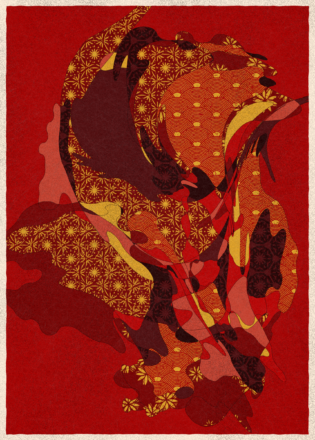
Memories of Qilin launched as the market trended down in March and was initially overlooked outside of the relatively niche generative art scene. However, the floor price later jumped and has held strong as interest in NFTs wanes.
Trading activity on Memories of Qilin and other collections like it shows that the NFT market has become more fragmented, and those who are drawn to generative art are rarely the same as those looking to flip avatars for profits. Memories of Qilin fans are closer to traditional art collectors, which makes perfect sense; this is the kind of art that wouldn’t look out of place on the wall of a real-world home or gallery. CW
Moonbirds
Moonbirds, a collection of 10,000 pixel art owl avatars from art collective PROOF, hit the Ethereum blockchain in April. Straight out of the door, the collection received criticism for its hefty price tag, charging a whopping 2.5 ETH (around $7,600 at the time).
Launching off the success of PROOF’s earlier NFT passes, which gave holders exclusive access to limited pieces by top crypto and NFT artists, the hype surrounding Moonbirds was hit the Ethereum blockchain. Even at a $7,600 mint price, the demand far outweighed the collection’s 7,875 public supply (2,125 NFTs were reserved for PROOF Collective holders and the PROOF team).
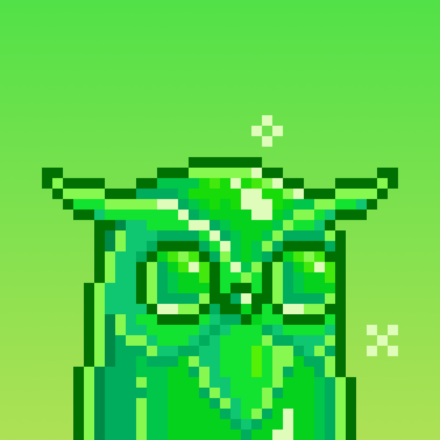
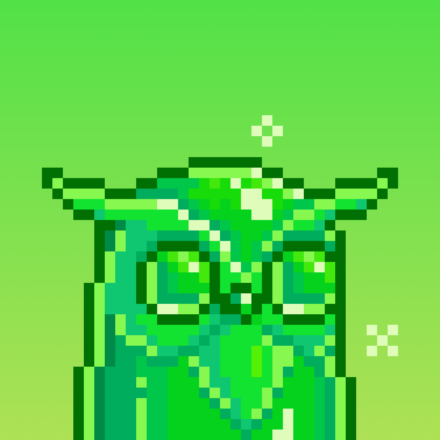
Moonbirds stood out from other hyped collections this year in how easy it was for minters to make life-changing money in a short space of time. At their peak, floor price Moonbirds were selling for over 30 ETH, representing a 1,100% return on the 2.5 ETH mint price. Of course, as crypto winter set in, Moonbirds slowly bled on the secondary market as interest in NFTs faded. They currently trade at a floor price of 7.3 ETH and remain sought-after alongside other avatar collections like Doodles, Azuki, and Bored Ape Yacht Club. TC
Otherdeeds NFT Plots for Otherside
Yuga Labs didn’t set a foot wrong in 2021, and the Bored Ape Yacht Club creator appeared set on continuing its winning streak this year. A landmark acquisition of Larva Labs’ CryptoPunks and Meebits collections and the massive ApeCoin airdrop meant that Bored Ape fever was still running strong at the start of the year, but the hype peaked with the launch of Otherside, Yuga’s long-promised Metaverse world.
Otherside kicked off with a highly anticipated mint for plots of virtual land called Otherdeeds in April, and the sale became such a big talking point that it had regular crypto followers queuing up for a place alongside the usual NFT suspects. In the end, demand for the 55,000 digital land plots was so high that gas prices skyrocketed to thousands of dollars, leading Yuga to come out with a statement blaming the botched launch on Ethereum. Yuga raked in over $310 million worth of ApeCoin once the dust had settled, making the drop the most lucrative in NFT history.
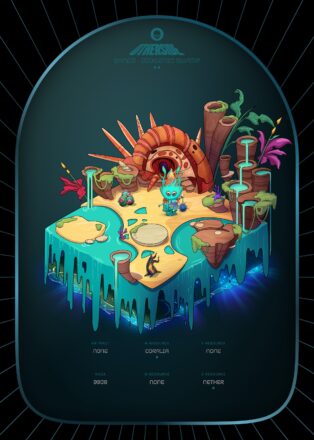
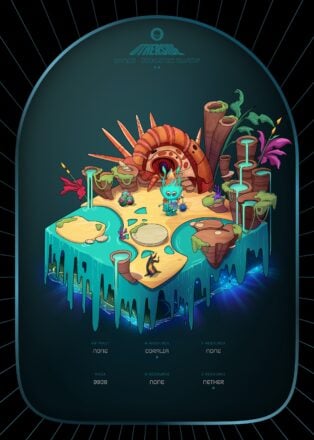
Barring a demo run, Yuga has stayed tight-lipped on how Otherside will look when it’s complete. While Otherdeeds have been trending down since the mint, the collection is one of the most traded on the market with a staggering 358,000 ETH worth of volume on OpenSea alone. Time will tell whether demand for Otherdeeds will return, but it will likely need Metaverse hype and a killer product to break new highs. Still, with Yuga at the helm and one of the NFT space’s most passionate communities, it has as good a chance as any at dominating once the market picks up. CW
goblintown.wtf
Even in the depths of a bear market, NFT collections can come out of left field and surprise the market. No collection has proved this better than goblintown.wtf.
goblintown.wtf consists of 9,999 ugly goblin avatars launched as a free stealth mint on May 21. The collection initially stayed relatively under the radar, but interest soon started to grow due to the mystery surrounding the project. At the time, all onlookers could deduce was that the NFTs were a reference to “Goblintown”—a term crypto natives use to refer to bearish conditions in the digital assets space. Details such as the project’s creators, future plans, or what the NFT might be used for were completely absent.
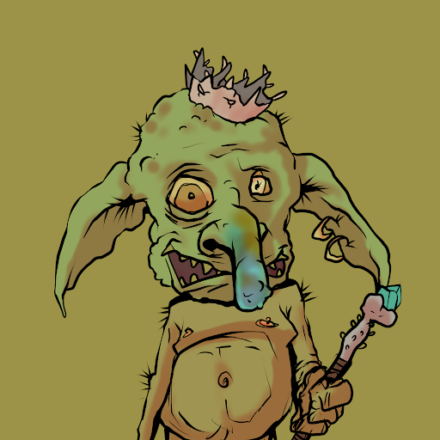
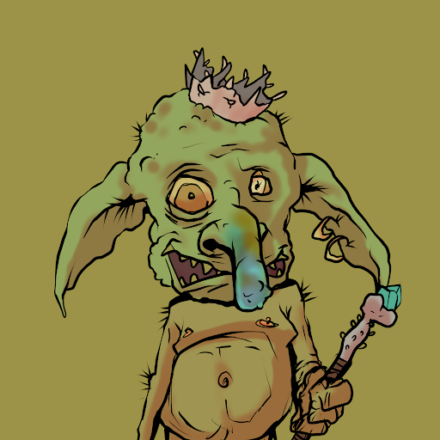
As the excitement and speculation grew, so did the prices of the goblin NFTs on the secondary market. At peak mania, goblins traded hands for as much as 10 ETH, almost $20,000 at the time. One rarer piece from the collection, dubbed “Crustybutt da gobblin king,” sold for 69.42 ETH and remains the highest value secondary sale for the collection to date. TC
QQL—Tyler Hobbs and Dandelion Wist
Tyler Hobbs is best known as the creator of Fidenza, the world’s most important generative art NFT collection to date. The U.S. artist has dropped a few works since his magnum opus exploded in popularity at the height of NFT mania in 2021, but QQL is the one that could have the biggest impact for years to come.
Created in collaboration with Archipelago co-founder and generative art collector Dandelion Wist, QQL is best described as a collaborative experiment that invites the collector to become the creator. Through the project’s website interface, fans can explore the QQL algorithm by toying with a range of settings to create their own outputs. Those holding a mint pass can add an output to the collection, either by picking out a favorite from their own archive or acquiring someone else’s QQL seed.
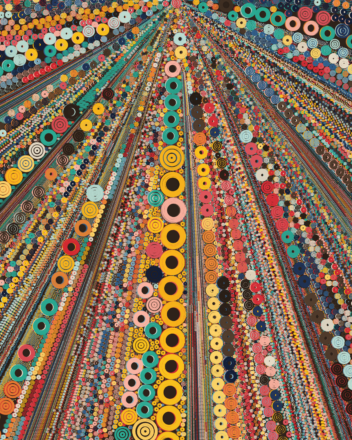
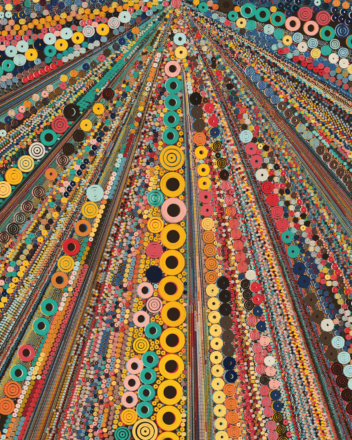
999 QQL mint passes sold at 14 ETH in a Dutch auction in September, proving that the NFT market is still alive despite activity declining across the board. Only 150 of the passes have been redeemed at press time, hinting that collectors are planning to hold for the long haul. If generative art is to take off and Hobbs remains at its forefront in the future, QQL could be an important collection in its story—even if it could be decades until it’s complete. CW
Disclosure: At the time of writing, some authors of this feature held some Otherside NFTs, a QQL mint pass, ETH, and several other crypto assets.











